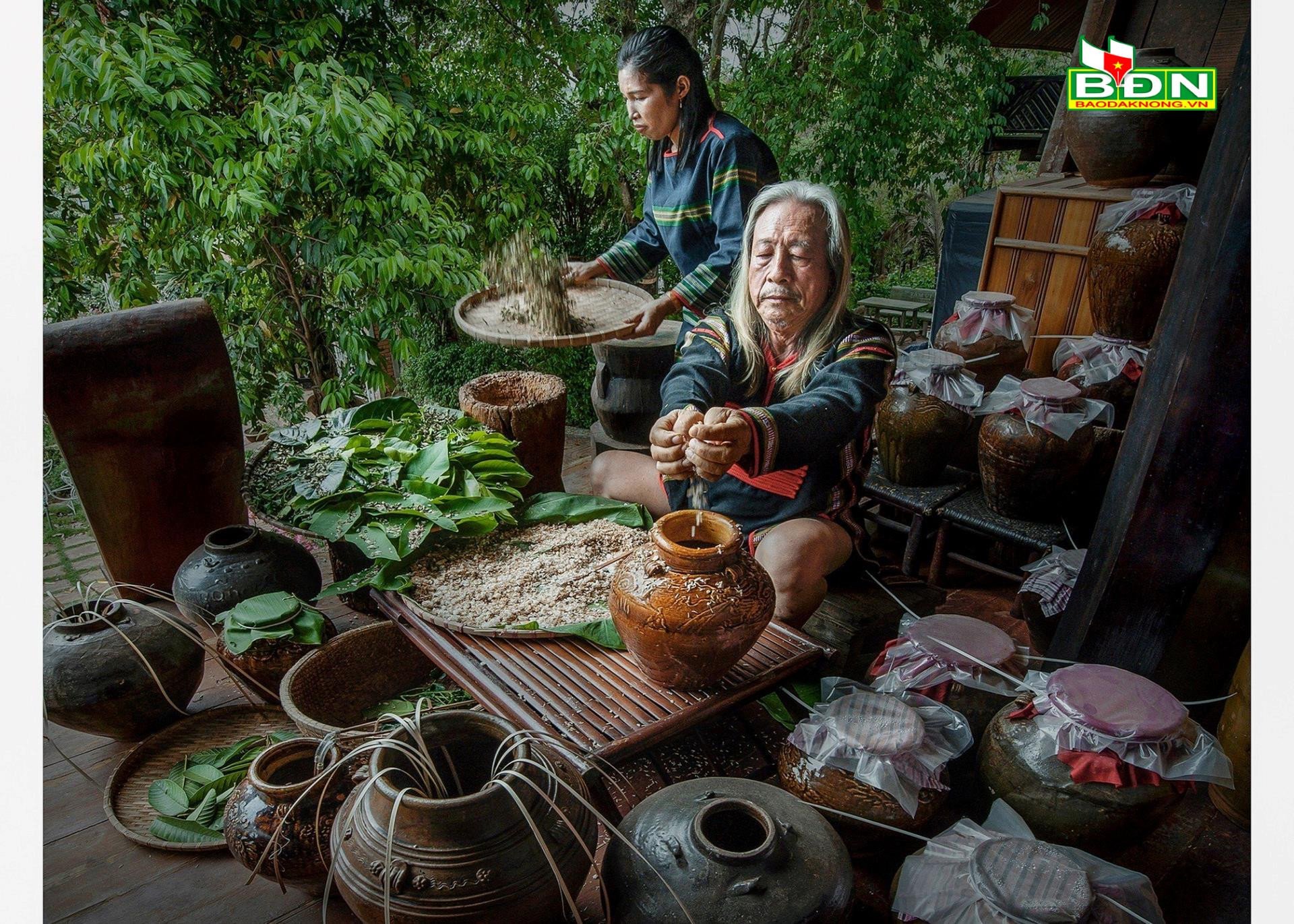
Jars usually have a round mouth, a large, bulging body that tapers towards the bottom, are made of clay, fired at high temperatures and glazed or left unfinished. The M'nong call jars Yang, the Ede call them Cheh, and the Ma call them Drap and Jang. For the M'nong, Ede, and Ma, there are many types of jars and each has its own name. The jars can be named according to their color, patterns, designs, or animals decorated on the body of the jar. Precious jars are sometimes named after their owner or the name of a family, a related event, etc.
Like other ethnic groups in the Central Highlands, the jars of the Ede people also have different meanings. It is a sacred object, so when the jars are first brought home, the people often hold a worship ceremony. The family of Mr. Y'Bin EBan in Nui village, Tam Thang commune, Cu Jut district is praised by the people as the richest and most powerful in the village. Because here, only his family still preserves the hundreds of years old jars. His family is using these jars to brew rice wine for use in the Ede people's annual rituals. It is a precious asset, cherished, kept and preserved very carefully by his family.
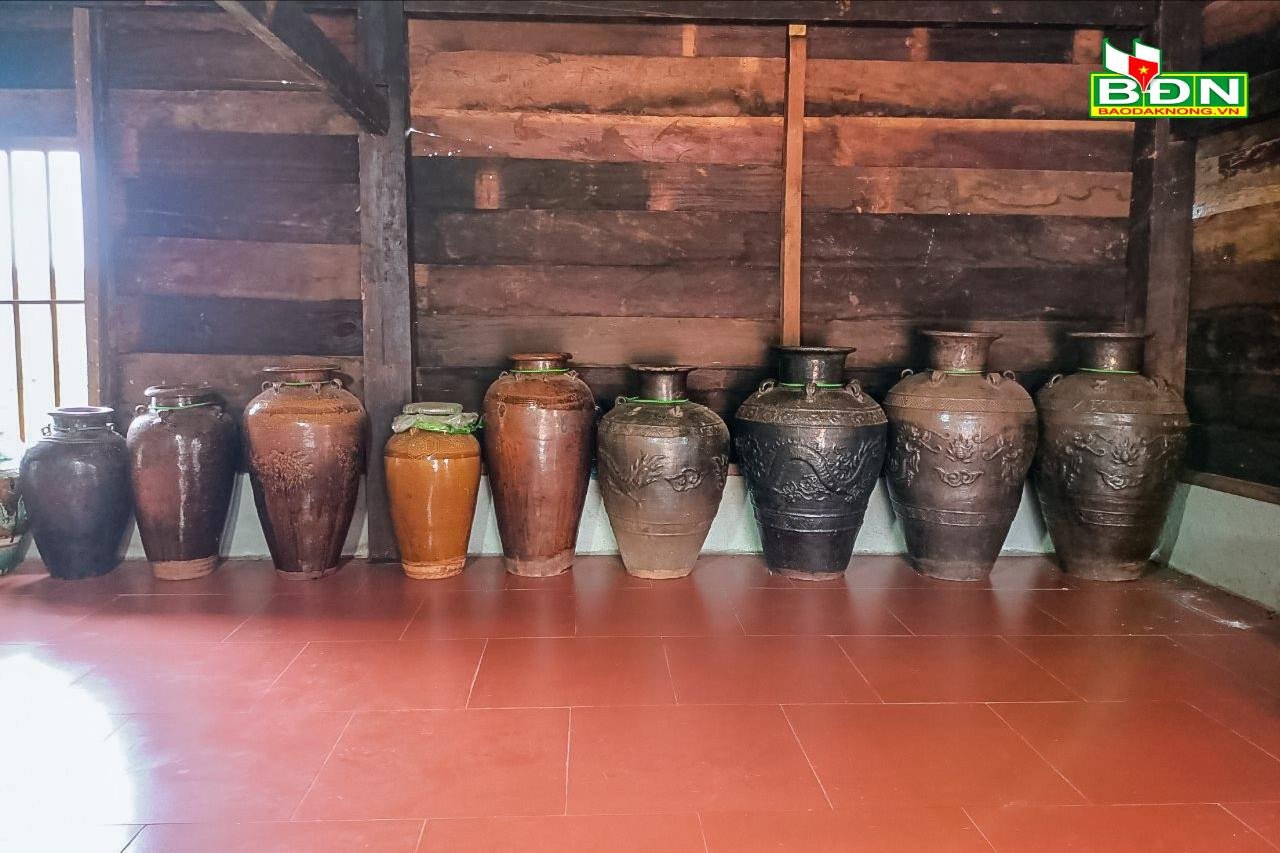
Mr. Y'Bin ÊBan said: The Ede people cannot cast their own jars. The family bought these jars in Laos, they are not available in Vietnam. These jars are ancient jars, not new ones like the ones sold in the market today. In the past, grandparents and parents had to exchange them with buffaloes to get them, so these jars were very valuable. Families with many gongs and jars were considered rich. In the village, very few families still preserve jars. Life is modern now, so not many families no longer make wine and no longer keep many jars.
For the Ede people, the entire life cycle from birth, adulthood to returning to their ancestors is associated with the jar. When alive, the jar is closely associated with people through festival activities, rituals, worshiping gods, family heirlooms, and is a precious asset used as a dowry for sons to get married, and daughters to "catch" husbands. When the owner dies, the jar is also "divided" to follow the owner to the eternal world.
Therefore, the value of the jar is not only determined by its high exchange rate, calculated by many buffaloes or other valuable assets, but also by its sacredness. The Ede people consider the jar as a member of the family, sharing all the joys and sorrows, witnessing important events in the life of each individual, family or the whole community. Moreover, it is considered a place where gods reside, and a sacred object, an offering to gods. The elderly, the pillars of the family, are always proud when telling their children and grandchildren about this sacred object. They also always remind their children and grandchildren, the next generation, to preserve and cherish the treasure left by their ancestors.
The ethnic groups in the Central Highlands in general and the M'nong in particular, spend their whole lives drinking wine. Rice may be lacking, but wine never stops flowing. People use the best jars of wine for community and family ceremonies. Therefore, jars are always present in every ceremony of the M'nong people.
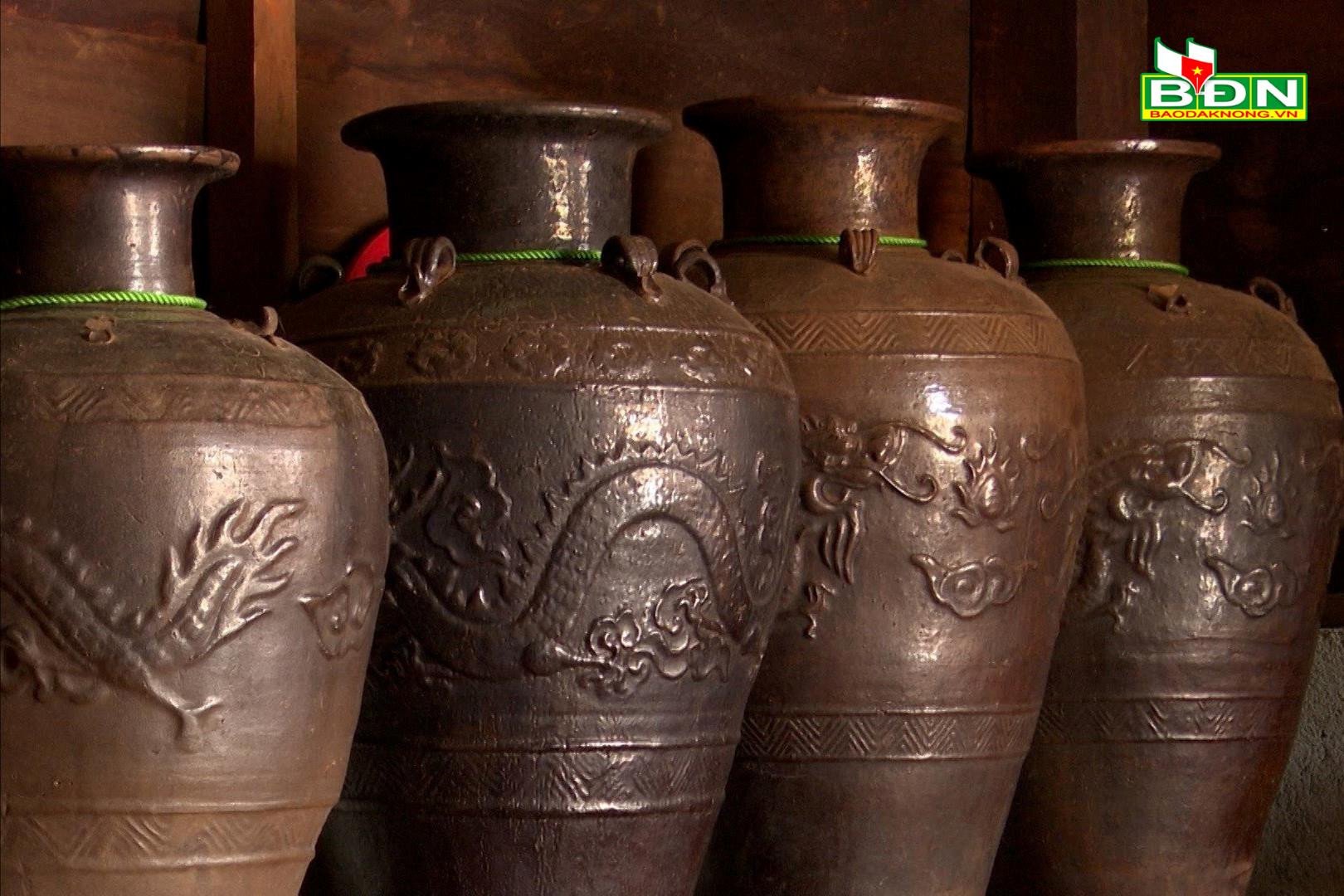
In Bu P'Râng hamlet, Đắk ND'rung commune, Đắk Song district, the typical cultural features of the M'nông people are still preserved. People in the hamlet still practice traditional crafts, preserve customs, practices, folk festivals, gong culture, culinary culture, etc.
In her house, Ms. Thi Mai reserves the most solemn place to display and store the precious jars left by her ancestors. The jars in Ms. Thi Mai's house have many colors, patterns, designs, or animals decorated on the jar body, looking very beautiful. For the M'nong people, there are many types of jars and each has its own name.
Ms. Thi Mai said: M'nong people have many types of jars. The oldest jars are several decades old. Some valuable types of jars are Rlung jars, Gri bok but jars, Bo jars, Suh ntang keh jars and Yang brah hueng jars... In the past, our grandparents had to exchange many buffaloes and cows to get them.
Some popular patterns are dragons, symbolizing the dream of flying like a dragon, a life of increasing prosperity and well-being; patterns of trees and grass symbolizing the life associated with the fields and forests of the M'nong people. There are also some patterns that have no meaning, just for decoration.
Ms. Thi Mai said that when their parents were alive, they often gave their children and grandchildren precious jars and often filled them with wine so that their parents would always have wine to drink. Such precious jars were passed down from generation to generation, becoming sacred objects, closely associated with each clan and family. Therefore, these objects are like the brainchild of M'nong families, and looking at them and cleaning them every day is their happiness.
The longer a jar is kept, the more valuable it becomes. Its value does not lie in money or material things, but in its spiritual value, in the meaningful things it brings to the family and the community. Therefore, any family that still keeps an ancient jar is highly valued and respected by the villagers. When the village has an important event, people come to borrow an ancient jar or a precious jar to perform some important rituals.
Nowadays, jars are no longer a commodity to be exchanged as before. Ancient jars are becoming increasingly rare, and people who want to buy them cannot find them. Modern life has crept into the villages, but jars still hold an important position in every family and community of the indigenous peoples in Dak Nong. Any festival of the people cannot be without jars of wine. Especially, at tourist destinations, even in modern houses... ancient jars are considered valuable decorations. That is why jars have contributed to preserving, conserving and promoting the traditional cultural values typical of Dak Nong in particular, and the Central Highlands in general.
At the exhibition house in Bon N'Jrieng, a village of the Ma people in Dak Nia commune, Gia Nghia city. This is where the artifacts of the Ma people in Dak Nong are displayed. Various types of Ma jars are also displayed here to introduce to visitors from near and far a unique cultural feature of the ethnic group.
Mrs. H' Giang, Bon N'Jrieng, Dak Nia commune, is a child of the Ma ethnic group living here, so since birth until now, she has heard her grandparents and parents tell a lot about the ethnic jars, including the sacred jar in the epic of the Ma people. When she grew up, she understood more about the meaning and role of jars in the life of the Ma people when she saw them present in wedding ceremonies and new rice celebrations. Nowadays, there are not many ancient jars left, so the elderly here often teach their children and grandchildren about the cultural beauty and value of jars.
Ms. H'Giang said: These jars were bought by villagers in Dak Nia commune long ago. In the past, they were exchanged with buffalo, cows, pigs and rice, not with money. Now, any family that still has them brings them here to display so that many people know about them and their descendants can see them. From there, they will know how to preserve the traditional culture of the nation.
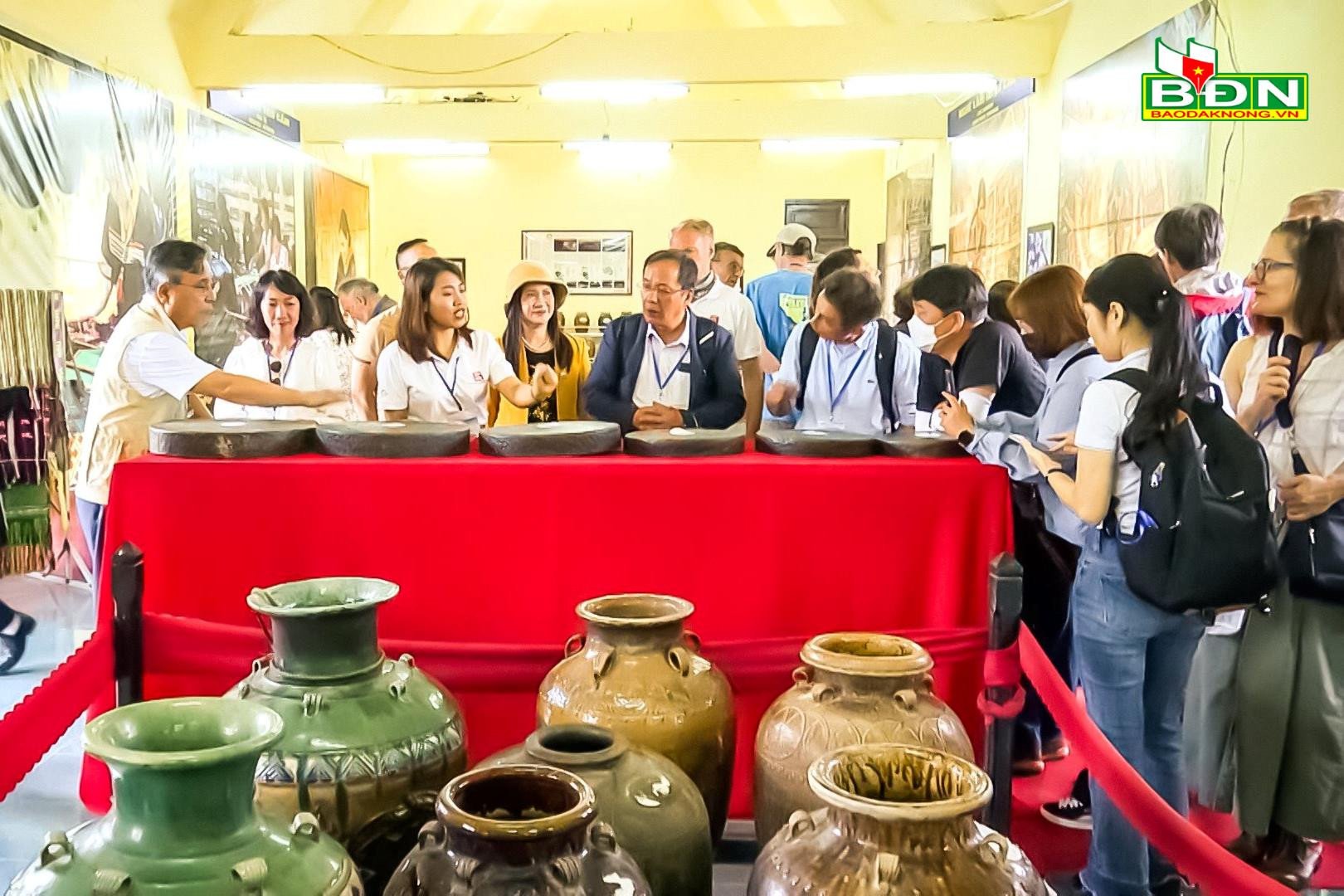
In the Ma people's thinking, what is quintessential and valuable must be contained in a sacred and precious object. In terms of shape and form, the Ma jars have many similarities to the Ede and M'nong jars. There are many types and each type has a different name. Each jar has its own meaning, expressing the folk culture and beliefs of the people.
Jars are indispensable items in important ceremonies of the Ma people, so they are kept very carefully. Nowadays, life is modern but there is no item that can replace jars in the life of the Ma people. The elders only hope that the future generations of the Ma people will appreciate these treasures of the nation.
Through rituals, with the presence of jars, the Ede, M'nong and Ma people express their gratitude as well as their desire to be protected and blessed by the gods. With agricultural rituals, people pray for health, favorable weather, abundant water, good crops, lots of rice, corn, buffalo, cows, pigs and chickens. With life cycle rituals, jars convey wishes for a healthy, peaceful life, without hunger, poverty or illness. This is the source of strength for people to be optimistic, believe in themselves, believe in the future. These wishes are sent to jars to help connect the community, together take care of production, preserve community resources, take responsibility for protecting the ecological environment, protecting water resources, land...
Source


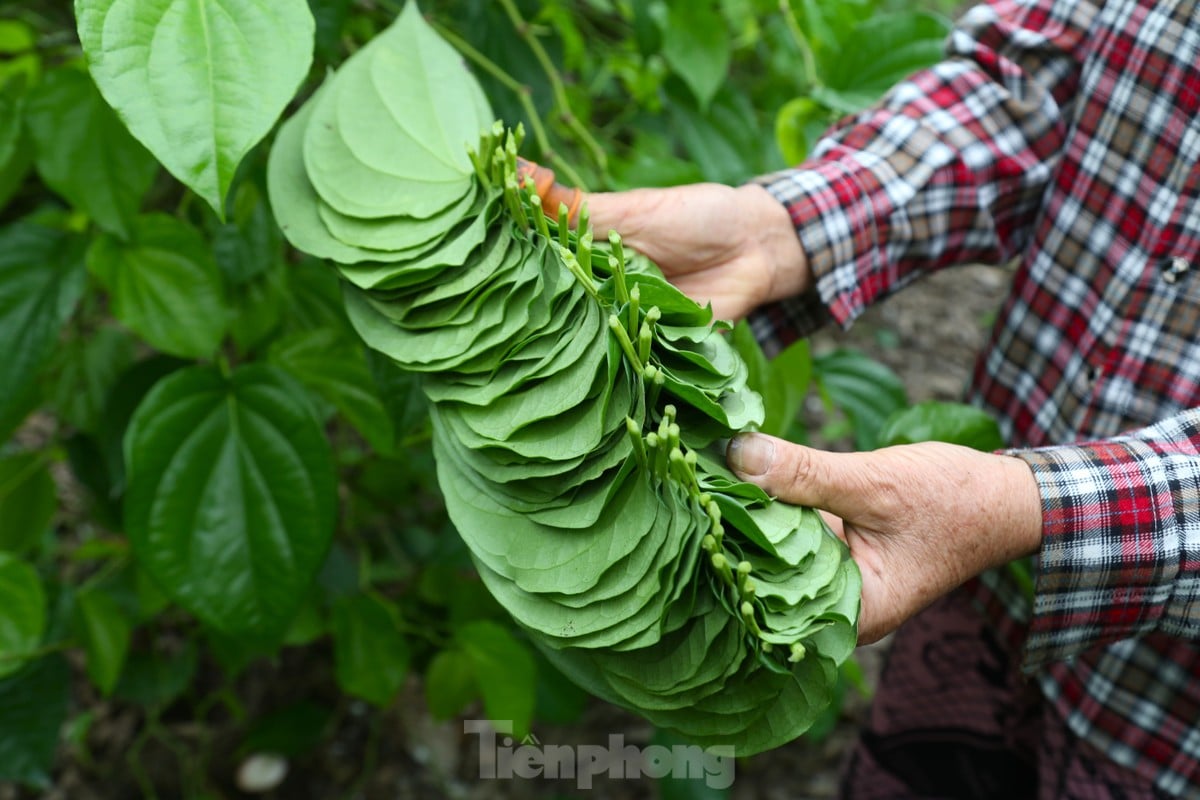

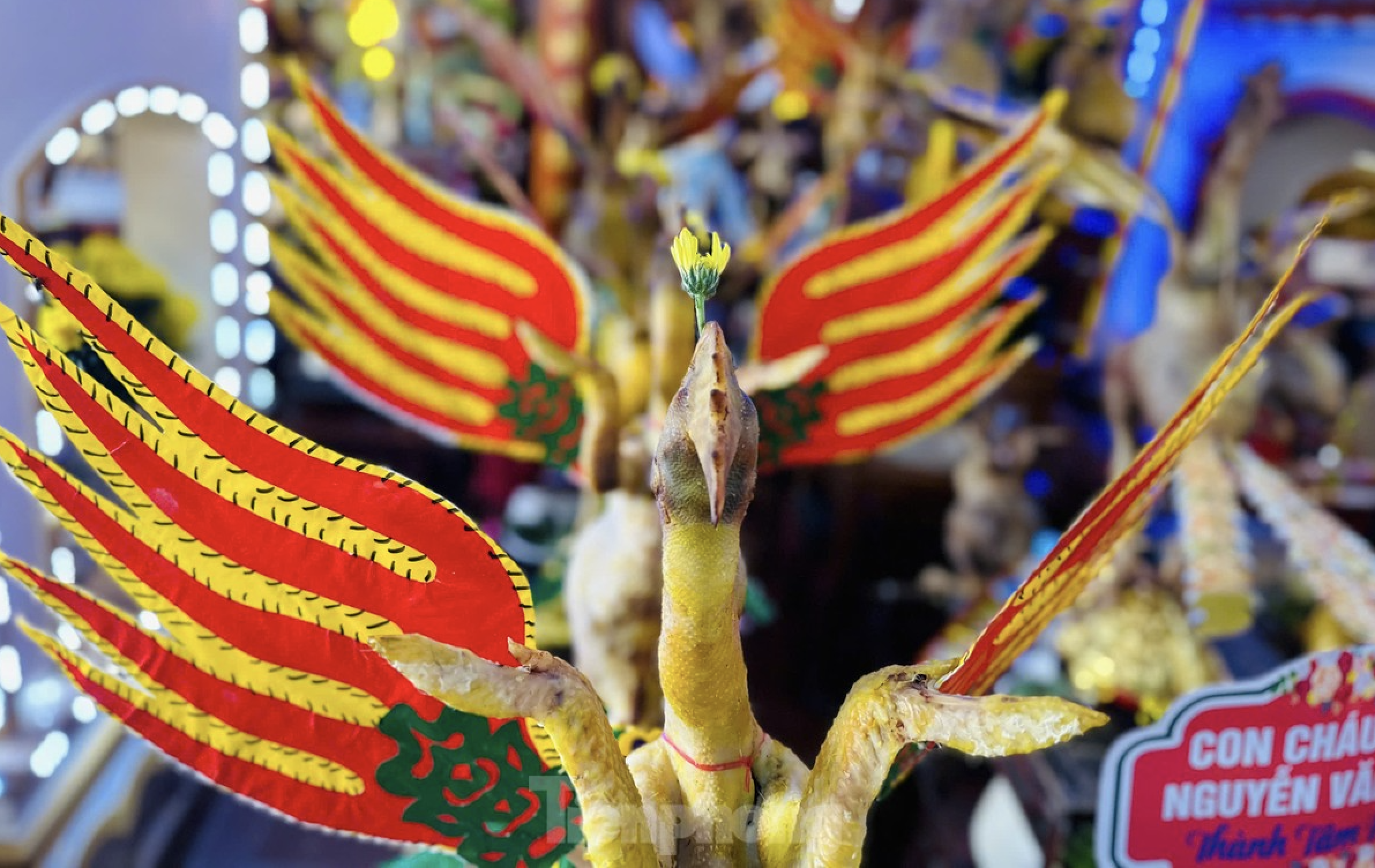

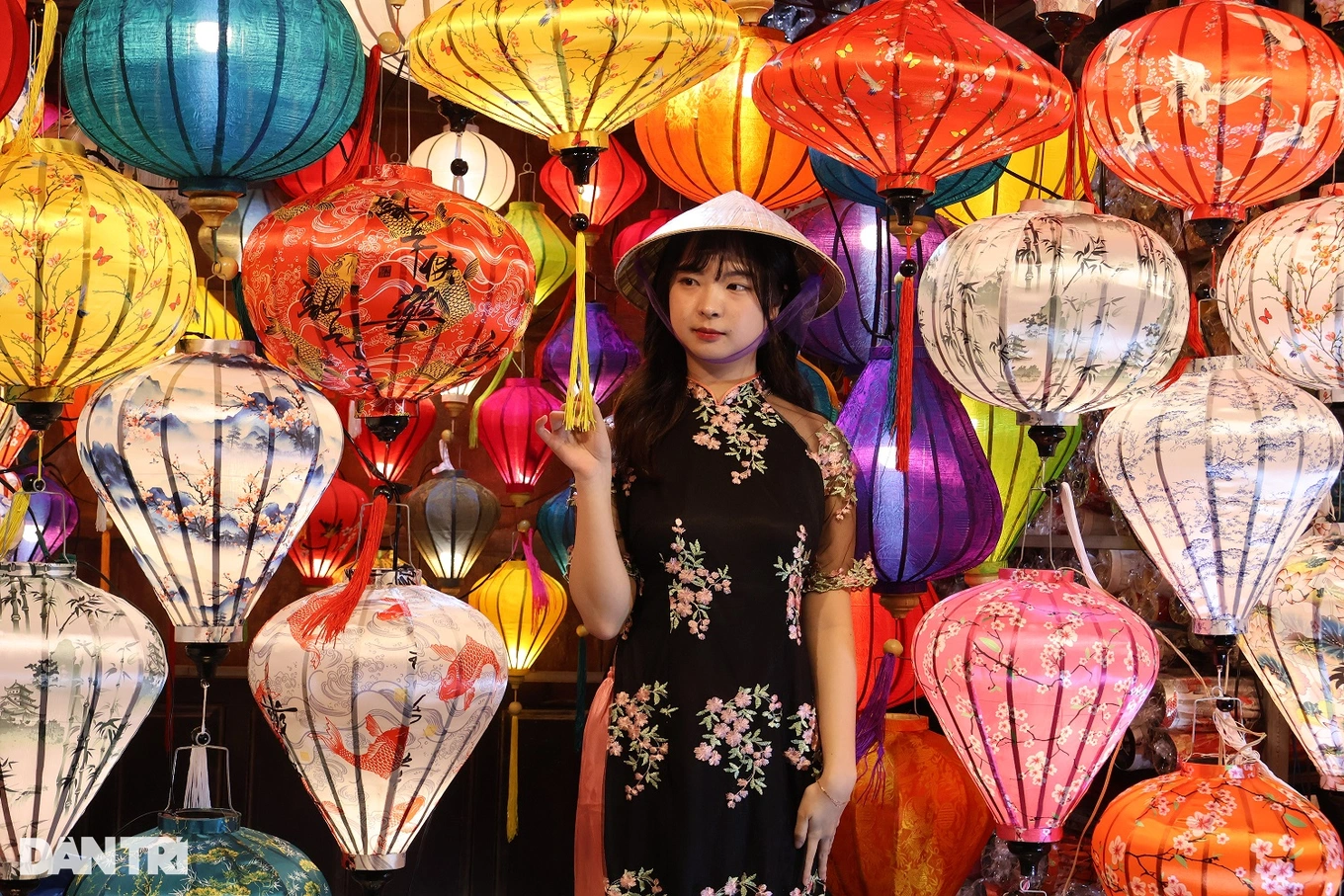

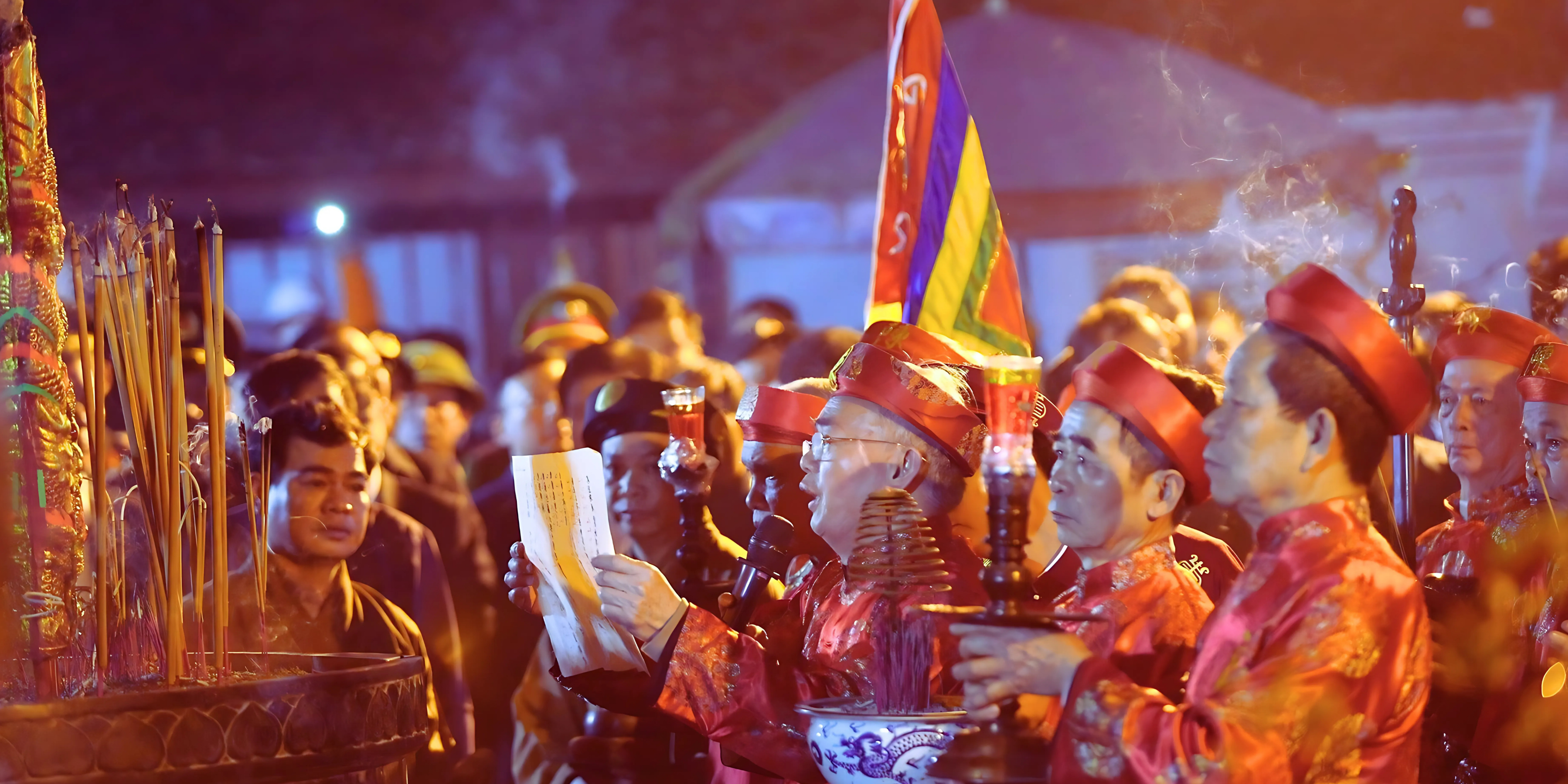
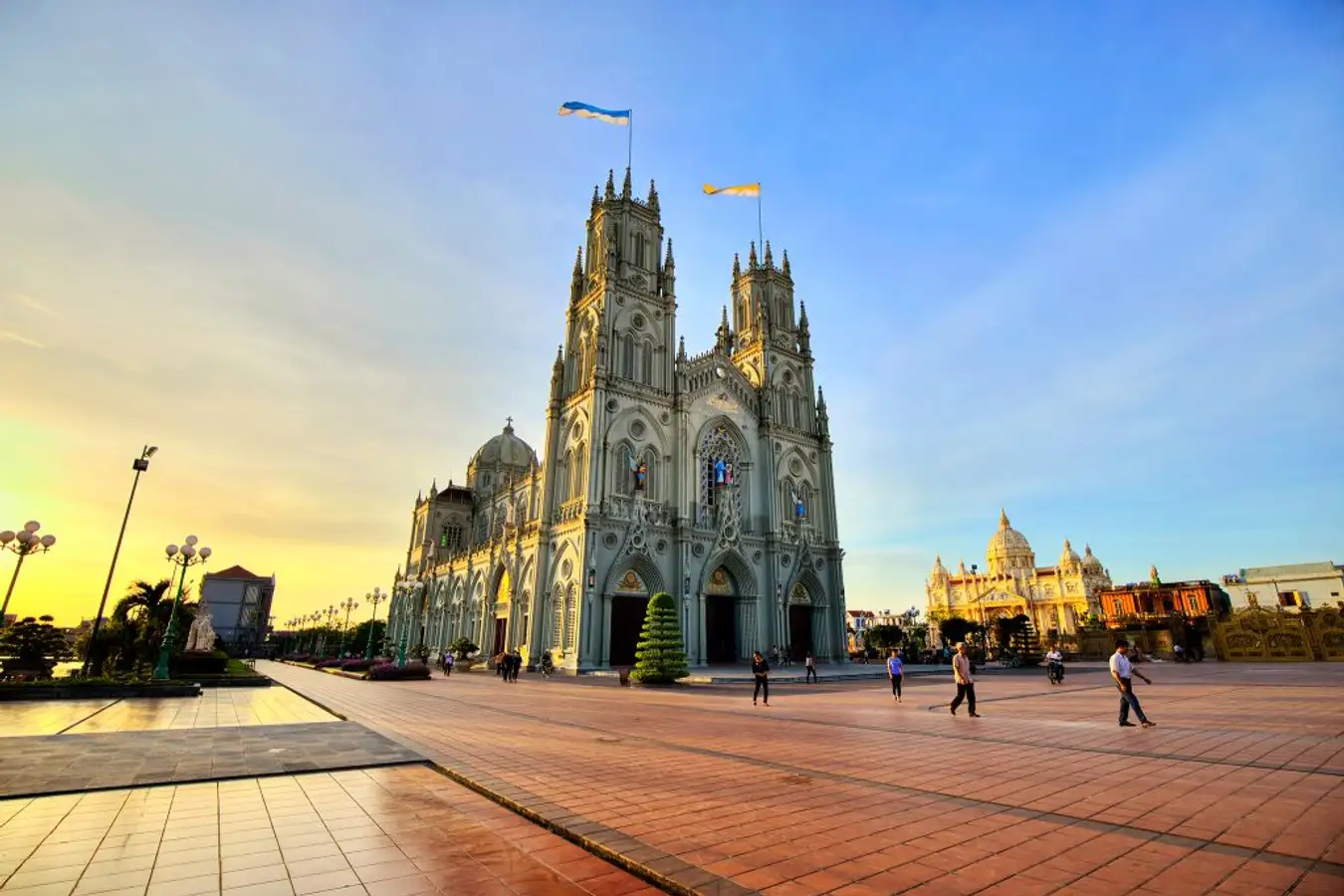





















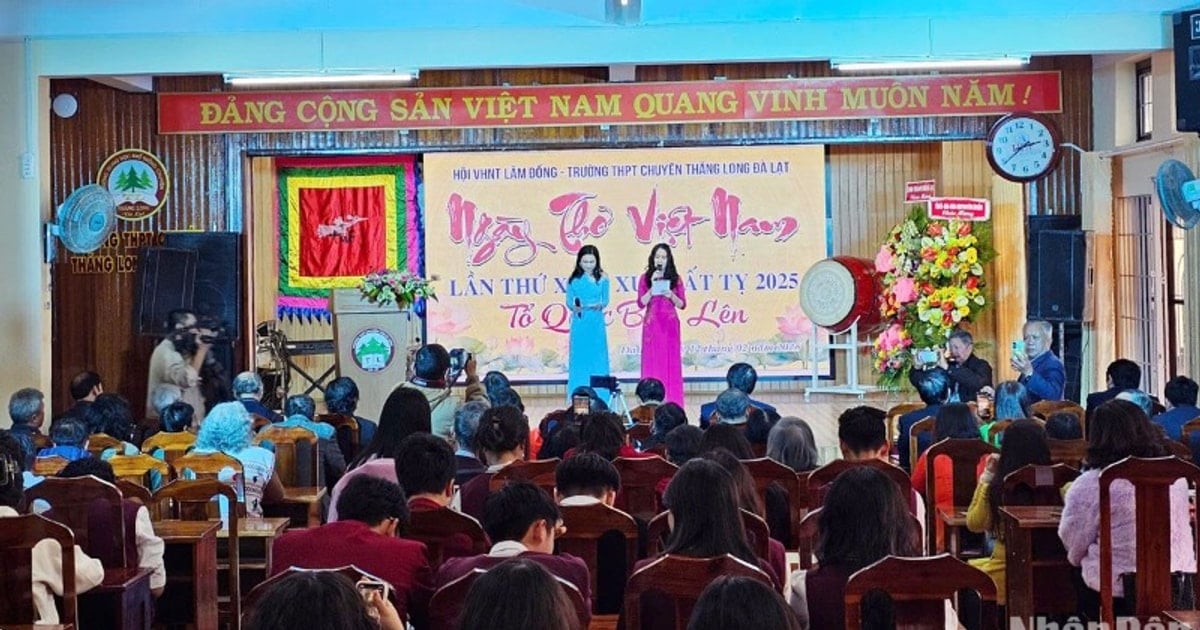











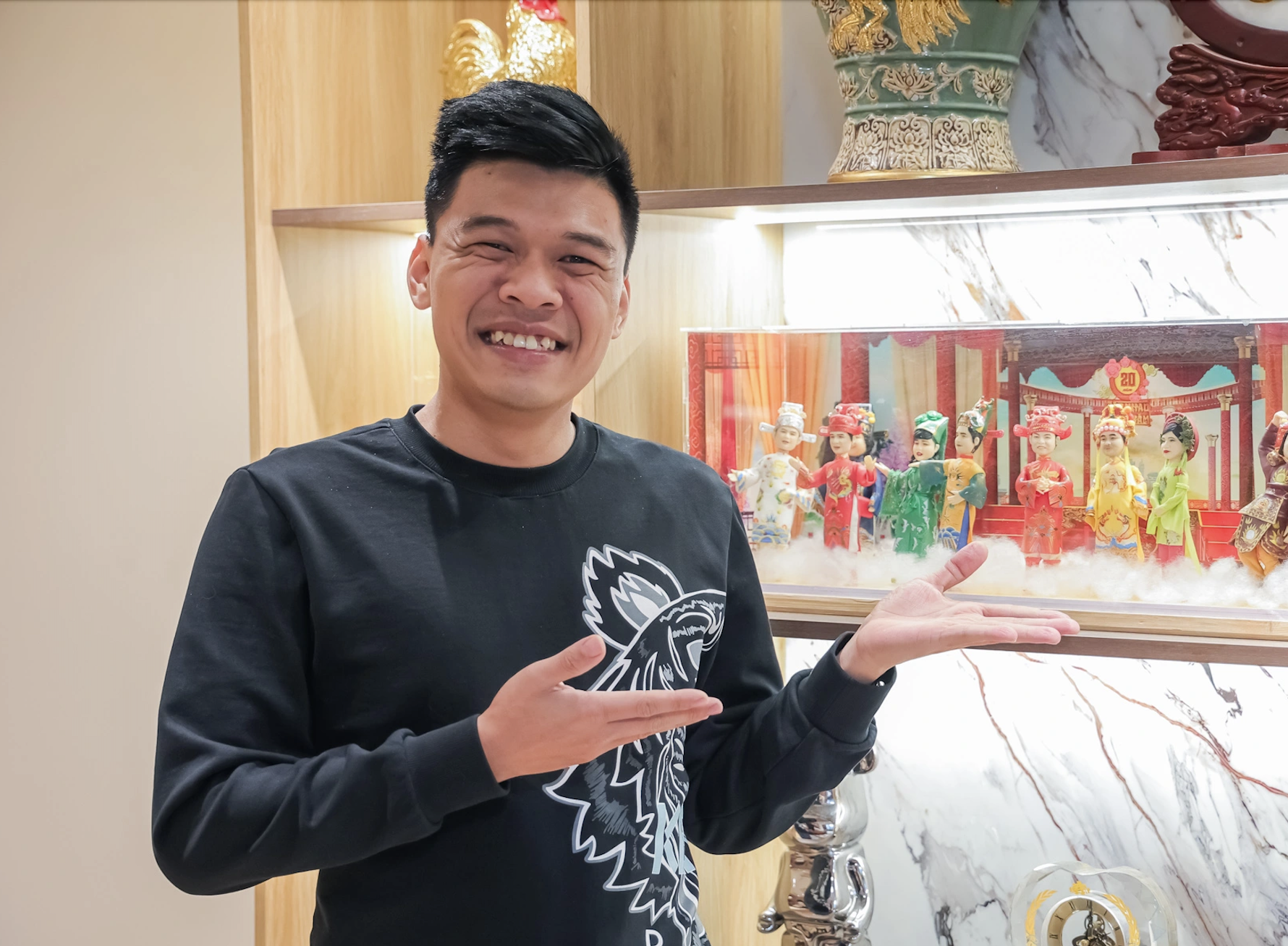







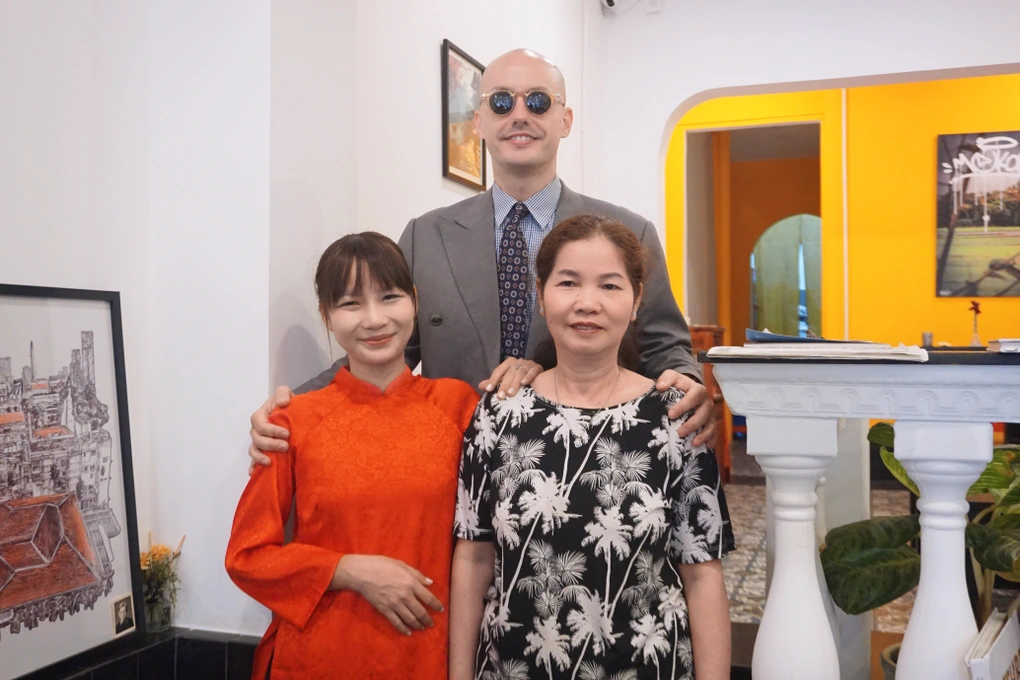
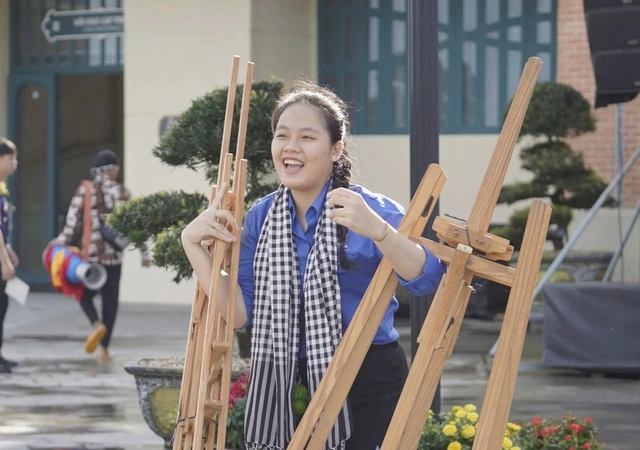




Comment (0)